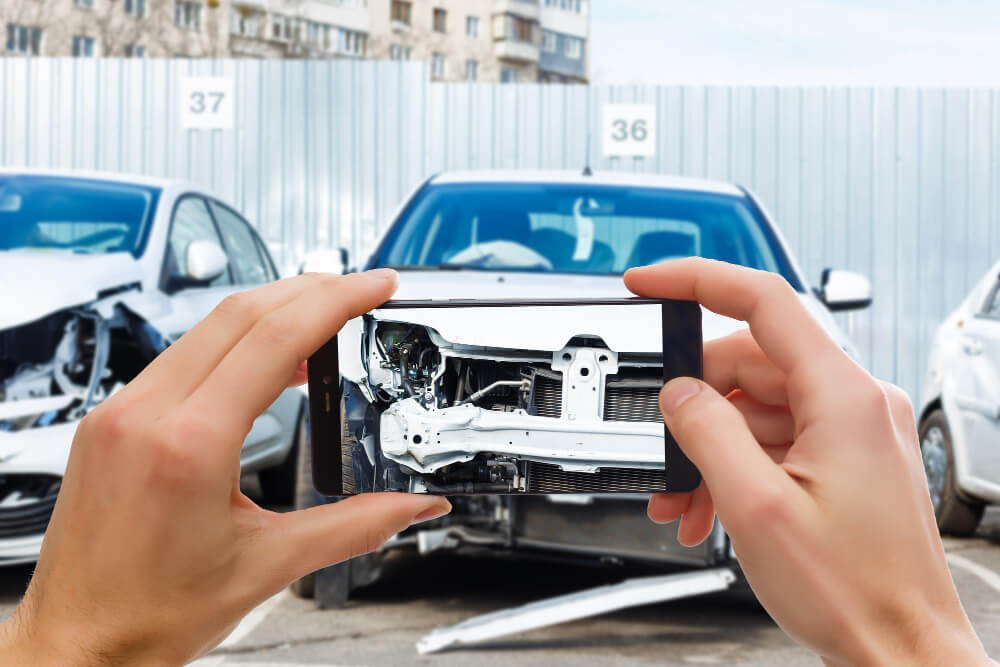Multi-vehicle accidents In Louisiana
On October 23 this year, at least eight people died in a Louisiana highway pileup that involved at least one hundred fifty-eight vehicles.
Police said sixty-three people suffered injuries in the multi-vehicle crash on I-55 near New Orleans.
Over twenty-five people with injuries ranging from critical to minor were taken to hospitals, while an unspecified number of people also went to medical facilities on their own.
A portion of the crash scene caught fire shortly after the initial incident, and a vehicle went off the interstate and into the water.
What Is A Multi-vehicle Accident?
A multi-vehicle accident can be a collision that involves several vehicles. Many times, people refer to this type of traffic accident as pileups. A multi-vehicle accident involves more than one car, truck, or motorcycle. In such accidents, two vehicles crash into each other, and others behind them cannot stop in time and pile on top of them.
If there is a line of vehicles traveling too close, a pileup is likely. Multi-vehicle accidents are common on highways where hundreds of cars travel side by side at high speeds, making it difficult for many drivers coming toward an accident to stop at a safe distance, resulting in a collision with other vehicles ahead. Sometimes, cars swerve into oncoming traffic to avoid a collision, resulting in a horrible chain reaction and causing an enormous pileup.
Multi-vehicle accidents are most likely to occur when fog, rain, or snow reduces visibility. In the devastating Louisiana pileup, a dense super fog, a mixture of wildfire smoke and fog, was the cause of low visibility.
Other factors that can contribute to or cause multi-vehicle crashes include speeding, tailgating, suddenly coming to a halt, and distracted, intoxicated, or drowsy drivers.
The types of impacts in multi-vehicle accidents include:
· Collisions from the rear
· Collisions from head-on
· Collisions from side-impact
· Collisions from sideswiping
Liability In A Multi-vehicle Accident
Determining who is at fault in a multi-vehicle accident is crucial in filing an insurance claim or a personal injury lawsuit against those responsible for your injuries and damages.
Following a multi-vehicle accident, insurance adjusters of various insurance companies will assess the evidence and determine whether one or several parties’ negligence caused the crash.
Most of the time, everyone in the accident does not agree with what happened. People involved in the accident and the witnesses will have slightly different accounts.
Usually, in a multiple-car collision, the driver who struck the vehicle in front of them because they were tailgating it would be at fault.
Tailgating is driving too closely behind the vehicle in front of you.
The first car to run into the rear of one of the other vehicles is usually at fault. The driver has the most opportunity to avoid the crash. They can see what’s ahead, drive at a safe speed, keep a safe distance between the vehicles, and take evasive actions if necessary.
The driver at fault may be liable for all damages sustained by the other vehicles.
Multi-vehicle accidents sometimes involve more than one at-fault driver. For example, if a vehicle making a left turn (Car One) crashes into a car with the right of way coming from the opposite direction (Car Two), Car One’s driver will be at fault. If, in the same incident, a car behind Car Two (Car Three) was speeding and could not stop and crashed into Car Two, Car Three would also be at fault.
It may take investigators, insurance adjusters, and law enforcement officers to examine the pileup to assign fault and liability.
Louisiana abides by a pure comparative fault theory, which is more lenient than pure contributory negligence and modified comparative fault theories.
Individuals in Louisiana may collect damages even if the courts determine they were ninety-nine percent at fault. However, the courts will reduce any settlement or verdict amounts by the percentage of fault the plaintiff assumes.
Louisiana law recognizes the doctrine of joint and several liability. Under the doctrine, two or more parties can be independently responsible for the economic damages suffered by a personal injury victim, even if they were only partially liable for the harm.
Bart Bernard Injury Lawyers: Louisiana Personal Injury Lawyers Who Excel At Tackling Complex Motor Vehicle Accident Claims
Due to the complexities in determining multi-vehicle accident liability and the intricacies of the pure comparative fault rule, victims may struggle to prove their entitlement to fair and just compensation.
At Bart Bernard Injury Lawyers, our Louisiana motor vehicle accident lawyers have the experience, determination, and skill to establish whose negligence caused a multi-vehicle accident and to fight for your claim’s most favorable resolution.
Multi-vehicle accident claims involve numerous insurance companies who try to pass liability on to another company if they can. This continuing tussle amongst these companies leaves victims waiting too long for the desperately needed compensation. At our Louisiana personal injury law firm, we know how frustrating it can be to deal with insurance companies. Our lawyers fully understand the tactics insurance companies use to try to get you to admit fault in some way or find another reason to pay you less than you deserve. Our Louisiana personal injury attorneys will work to ensure that you receive the fair settlement offer that you deserve at the earliest.
Louisiana personal injury lawyer Bart Bernard thoroughly understands motor vehicle accidents and the types of injuries sustained. Attorney Bernard knows how to protect the rights of victims and has over twenty-five years of invaluable experience in handling personal injury cases in Louisiana that can help ensure you get the compensation you deserve.
If you or a loved one have suffered injuries in the I-55 October 23 pileup or any other motor vehicle accident in Louisiana, call us for a free case review and to find out if the insurance company is being fair.





